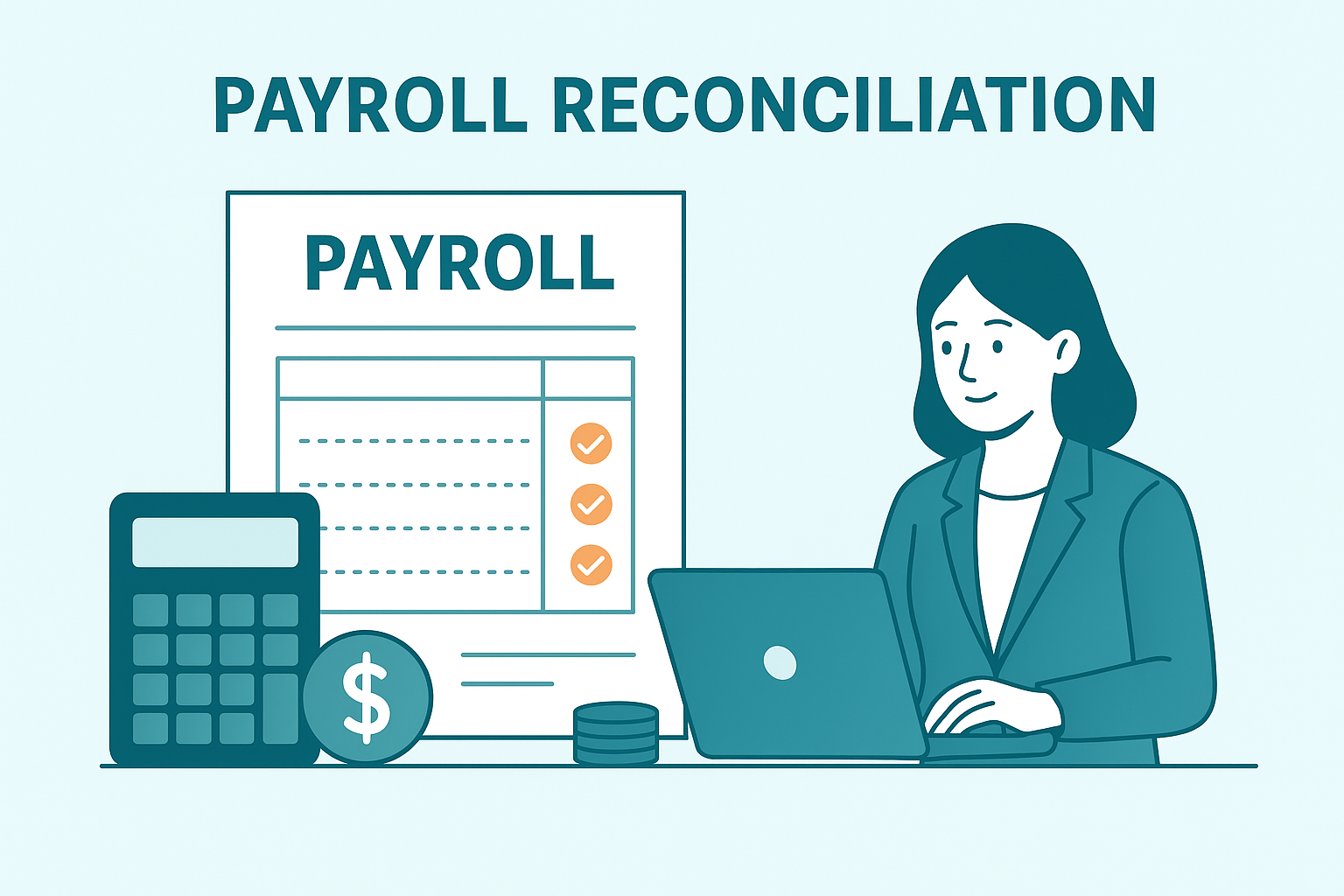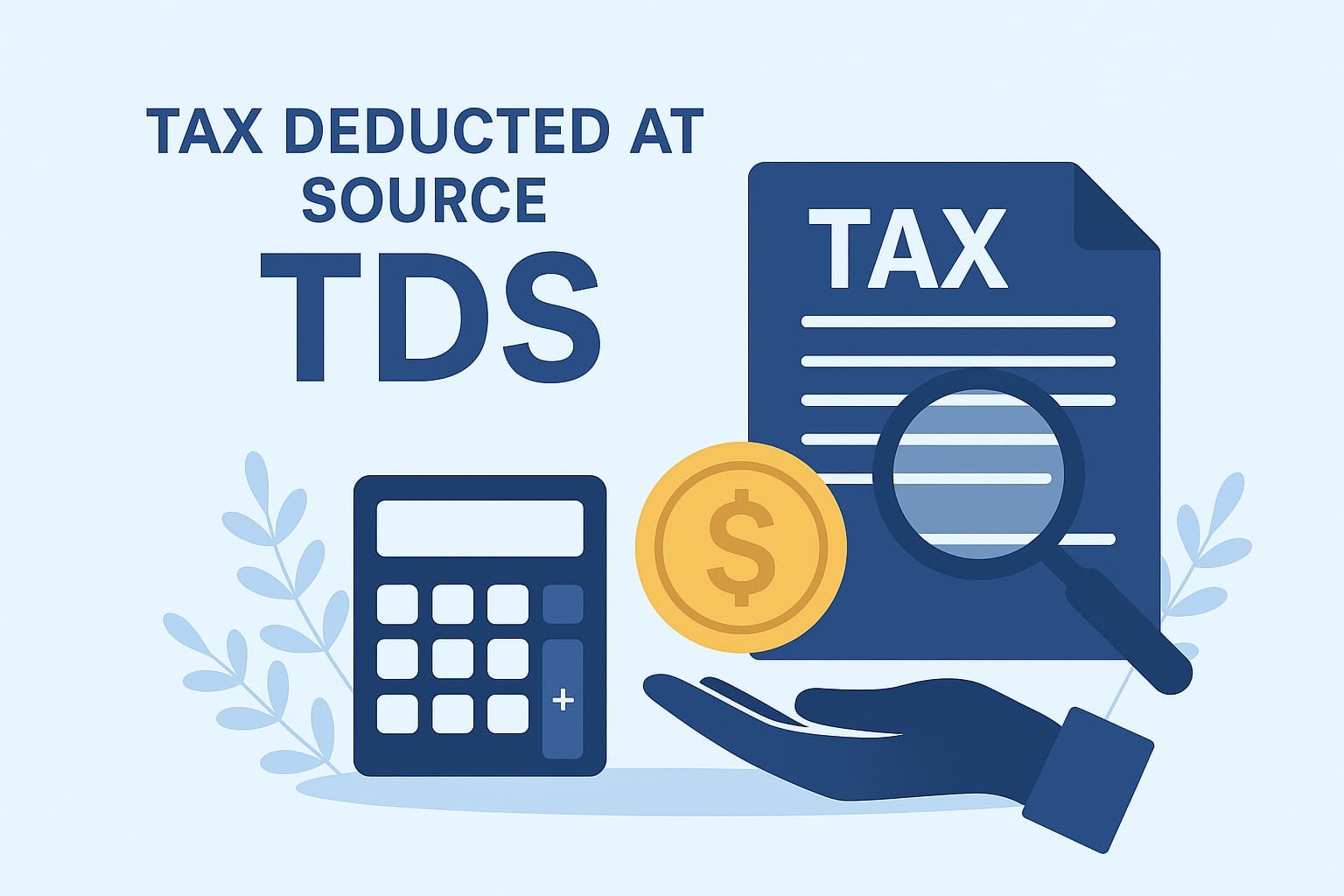Understanding the Importance of Month-End Close
The month-end close process is vital for businesses as it ensures accurate financial reporting. For accounts receivable (AR), this process reviews and reconciles customer accounts, ensuring that all transactions are recorded correctly. Completing this procedure allows organizations to assess their financial health and cash flow, which is crucial for decision-making.
Step-by-Step Guide for Accounts Receivable Month-End Close
Executing an effective month-end close in AR involves several critical steps. First, ensure that all sales transactions for the month have been recorded. This includes verifying invoice generation and confirming receipt of payment.
Next, reconcile accounts by comparing the accounts receivable ledger with customer records. This step is essential for identifying discrepancies and resolving any errors promptly. Additionally, review aged receivables to recognize overdue accounts and strategize on collections.
✅ 1. Review Open Invoices
Ensure all customer invoices for the month are posted.
✅ 2. Post Unbilled Revenue
Record any revenue earned but not yet invoiced.
✅ 3. Apply Cash Receipts
Ensure all customer payments are applied to open invoices.
✅ 4. Process Credit Memos / Adjustments
Post credit notes, write-offs, discounts, or any necessary adjustments.
✅ 5. Review and Resolve Disputes
Clear pending customer disputes affecting receivables.
✅ 6. Reconcile AR Subledger to General Ledger
Ensure the AR subledger matches the GL control account.
✅ 7. Aging Report Review
Generate and analyze AR Aging report.
✅ 8. Bad Debts and Provisioning
Calculate and record provision for doubtful debts as per policy.
✅ 9. Customer Account Reconciliations
Reconcile customer balances for accuracy.
✅ 10. Review Deferred Revenue
Adjust deferred revenue where applicable.
✅ 11. Intercompany Receivables (if applicable)
Confirm and reconcile intercompany AR balances.
✅ 12. Foreign Currency Revaluation
Revalue foreign currency AR balances as per exchange rate.
✅ 13. Post Month-End Journal Entries
Post accruals, provisions, reclasses, etc.
✅ 14. Run Reports
AR Aging, Cash Receipt Summary, DSO (Days Sales Outstanding), etc.
✅ 15. Close AR Subledger
Lock the period to prevent further postings.
✅ 16. Support Financial Reporting
Provide AR data for financial close, MIS reports, and audit.
Key Reports Generated During Close:
Generate Aged Receivables Report: Review invoices by aging categories (e.g., 30, 60, 90 days) to spot overdue accounts and collection opportunities
Reconcile AR Balances: Match sub-ledger balances to the general ledger and investigate discrepancies such as misposted or unrecorded payments
Follow Up on Outstanding Invoices: Reach out promptly to customers for unpaid invoices—essential for cash flow and minimizing bad debt
Adjust Accounting Entries: Record write-offs or bad-debt provisions as part of reconciliations to reflect accurate financial position
Finalize & Report: Update AR balances post-reconciliation and produce necessary reports for financial review and audit readiness.




